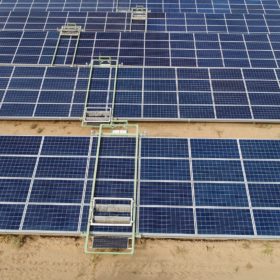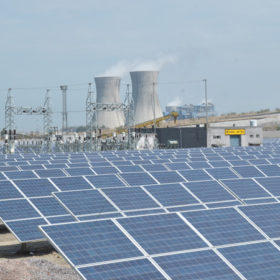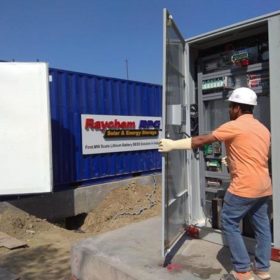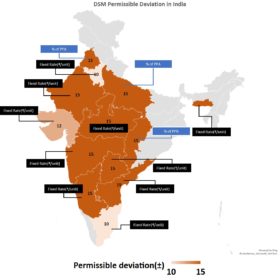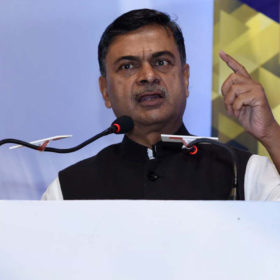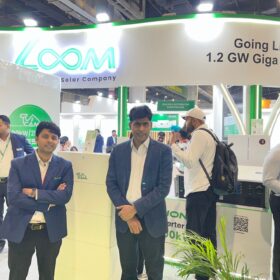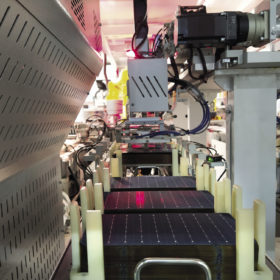Solar lobby group seeks blanket deadline extension till November 30
The National Solar Energy Federation of India said the project timeline relaxation provided by the Ministry of New and Renewable Energy is insufficient as construction continues to be severely hampered. Labour exodus and procurement delays (due to restrictions on international travel) are among the reasons affecting project progress.
Delhi lockdown has seen solar irradiation rise
Scientists measuring air pollutants and PV performance in the city have found the lockdown conditions imposed since late March have brought about a significant reduction in air pollution which has led to an 8% increase in solar irradiation reaching rooftop arrays.
India will add just 50 GW of solar in the next five years, according to company bosses
The expected return would leave the nation woefully short of its ambitious 175 GW clean energy target, which was laid down with a 2022 deadline. Chief executives who criticized aggressive clean power auctions said they would like to see more fossil fuel facilities thrown into the mix.
Prioritising clean energy will be key to economic recovery
Cost savings associated with switching to least-cost energy solutions like wind and solar can be redeployed for economic recovery. At the same time, building resilience on fronts like energy system design and supply-chain management is crucial to deal with unexpected shocks and crises.
Post Covid support required for electric vehicles: FICCI
The industry body has recommended a series of measures including a continuation of FAME II Scheme to 2025, short-term booster incentives for consumers and support for in-house R&D to boost the electric vehicle sector.
Designing behind-the-meter solar-plus-storage program for India
A new report outlines key considerations for Indian regulators and other stakeholders when designing behind-the-meter distributed solar-plus-storage system programs, based on evidence from similar programs in the United States.
Hearing about solar cell safeguarding duty on Friday
The Directorate-General of Trade Remedies has called a meeting of concerned parties as it considers whether to extend the duty on solar cells.
India’s renewable energy revolution serves as a model for the world
The country—aiming for a renewable power target of 450 GW by 2030—has emerged as the world’s largest and most competitive clean energy auction market.
One Nation, One Sun, One DSM
The government needs to rationalize and ensure uniformity of Deviation Settlement Mechanism (DSM) regulations across the country for the seamless integration of renewable energy.
Solar panel imports to face 20-25% customs duty from August
The levy on modules will then almost double to 40% within a year and cells will see a similar rise, from an initial rate of 15%.
